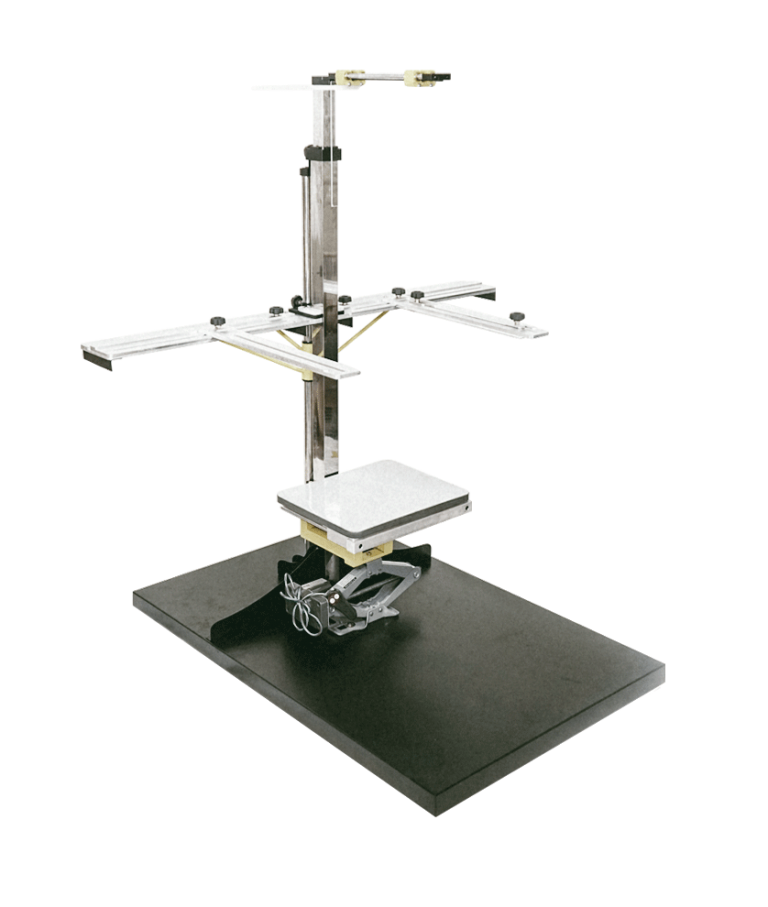Many people are faced with professions that involve screen time on the computer. As a result, a lot of time must be spent in a sitting working position. Within a certain period of time, sitting work positions can have an impact on spinal health. This article will provide 8 tips for an ergonomic sitting position and explain its impact on spinal health.
What Is Ergonomics?
Ergonomics is often referred to as “Human Factors” or “human invoicing” is a science that applies physical and psychological principles in an environment to increase productivity. So that ergonomics are classified into:
- Physical Ergonomics
- Cognitive Ergonomics
- Organizational Ergonomics
Physical Ergonomics deals directly with human anatomy, physiology and biomechanical factors that affect movement patterns and posture. All three influence each other. Therefore, ergonomics is applied in various scientific fields related to applied design, such as product design, interior design, to industrial engineering.
The Importance of Office Ergonomics
Office ergonomics is part of the Occupational Health and Safety Standards. The importance of this Ergonomics standard is even included in the Regulation of the Minister of Health of the Republic of Indonesia Number 48 of 2016 concerning Office Occupational Safety and Health Standards, saying that “every office leader and/or building manager is required to carry out K3 or office ergonomics”.
Read More : Ergonomics Interior, Knowing the Important Role of Ergonomics in Interior Design
The reason is, studies from the Ministry of Health in the profile of health problems in Indonesia show that around 40.5% of Musculoskeletal Disorder (MSDS) injuries are suffered by workers. This injury attacks the joints, muscles and ligaments caused by an inappropriate posture when doing work for a long time. With such a high number, this means that ergonomics in Indonesia has not been applied properly, especially among workers.
Injuries caused by incorrect sitting work position due to the fact, the main complaint with sitting in front of a computer for long hours is eye strain. Computer vision syndrome is a term often used to describe a condition resulting from prolonged computer use involving eye strain, sensitivity to light, headaches, back and neck pain.
The following is an explanation of ergonomic work sitting positions and some tips for achieving them :
8 Tips for Ergonomic Sitting Positions
Ergonomic Sitting Working Position is a position where the body position reaches a neutral posture. Neutral posture is a relaxed posture in which the body minimizes the effects of gravity to reduce tension or stress on the body which can result in muscle stiffness, postural strain or musculoskeletal strain.
This ideal posture can be achieved with the following tips:

- Elbows, wrists and hands should be in a straight line and parallel to the floor
- Facing forward with the head straight and parallel to the body
- Maintain relaxed shoulders and let your arms hang naturally
- Keep your elbows toward your body at an angle between 90 and 120 degrees
- Make sure your feet are flat on the floor and use footrests if needed
- Give ‘support’ to the lower back by making sure it touches the backrest to maintain normal curvature
- Align your hips and thighs with the floor
- Make sure your knees are at hip level and your feet are slightly forward
Even with proper posture, staying in this position for a long time is still harmful to the muscles, joints, ligaments, tendons and spinal discs. So there are 3 factors to consider:
- Selection of chairs according to body dimensions (anthropometry)
- Stretch the muscles in your neck, arms, hands and back
- Pause with small walks every 30 minutes.
Read More : Size of Desks, Chairs, and Ergonomic Work Positions When Using Computer
Ergonomic Chair Design with Anthropometric Chair
The ergonomic chair is basically based on the International Standard Organization (ISO) which has collected various anthropometric samples based on geography and race. Therefore, in industry and product design it is necessary to carry out anthropometric measurements, one of which is the Anthropometric Chair.
Anthropometry chair is a chair used in an ergonomics laboratory to find out standard measurements and anatomy of the human body when in a sitting working position. The Anthropometry chair itself can take 3 measurements, namely face measurements, sitting measurements and height measurements.


Anthropometric Chair of Solo Abadi Indonesia is the first anthropometric chair in the world. With qualified specifications, the Anthropometry Chair has gone through a calibration process that verifies the resulting anthropometric data. It doesn’t stop there, the Anthropometry Chair can take measurements of up to 34 dimensions of the human body.
The Anthropometry Chair has been used in various institutions both at home and abroad. These various institutions focus on several scientific fields such as education, government institutions, military, architecture to forensics.
For more information please reach us out at admin@soloabadi.com or WhatsApp at 08510888111


